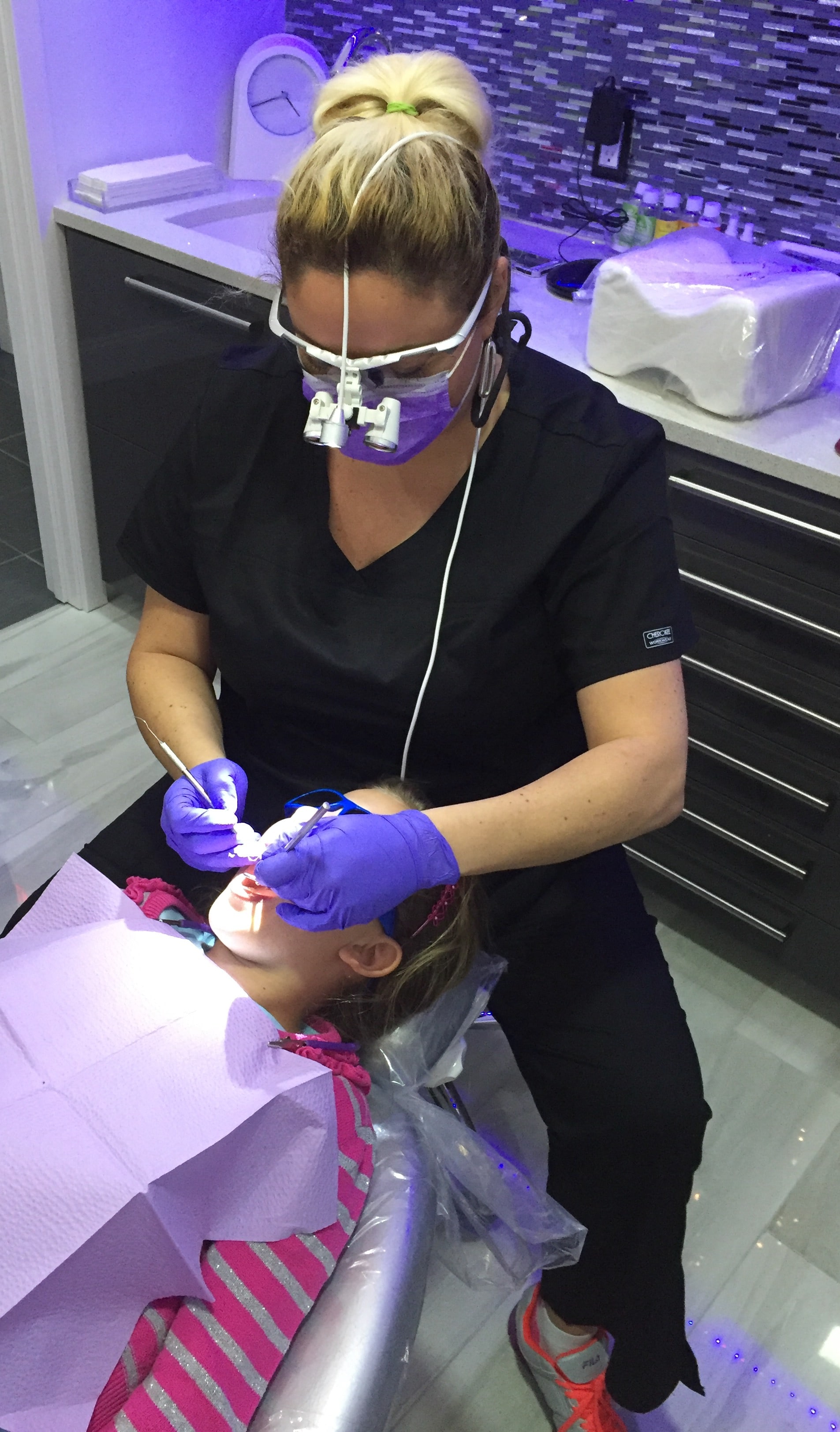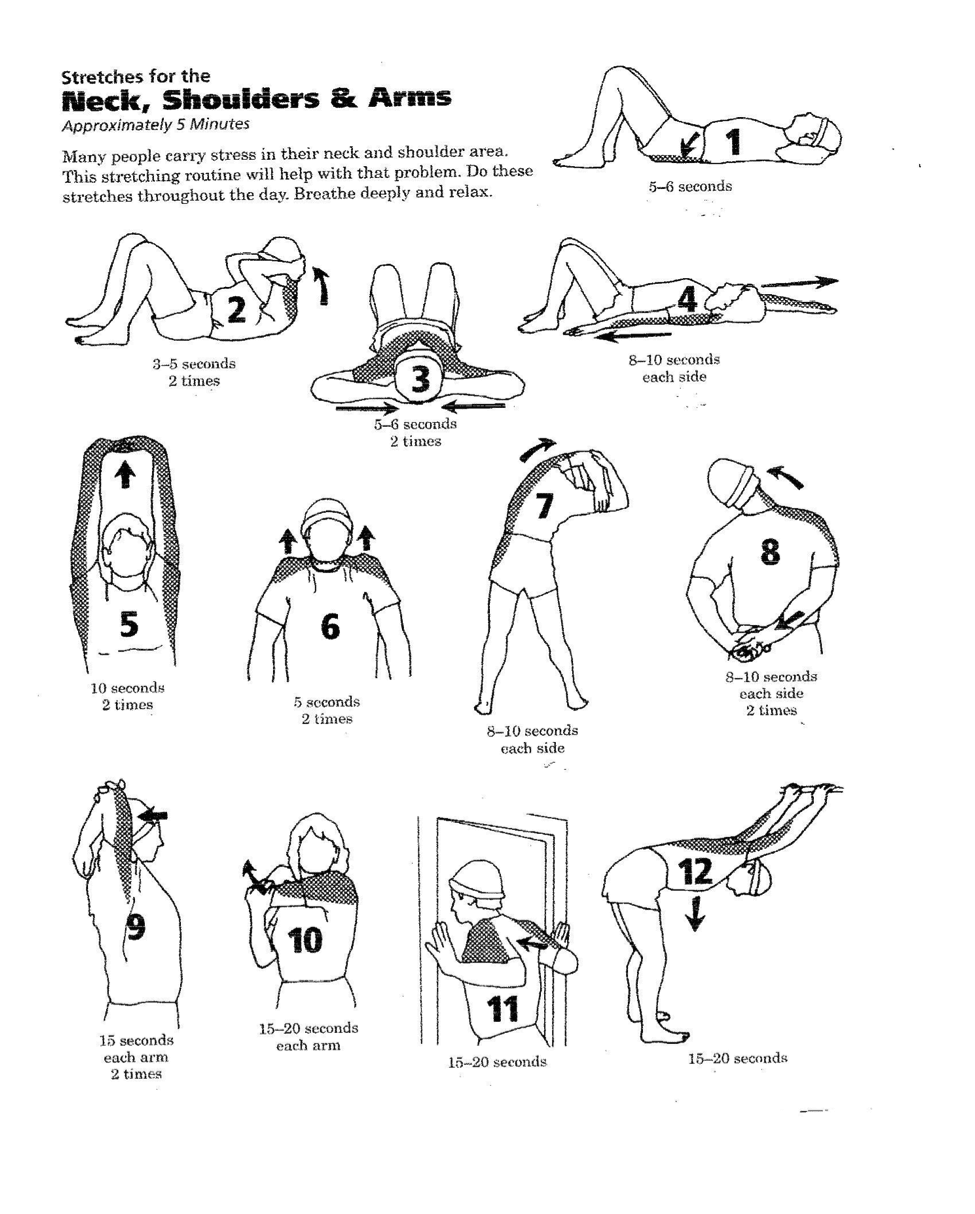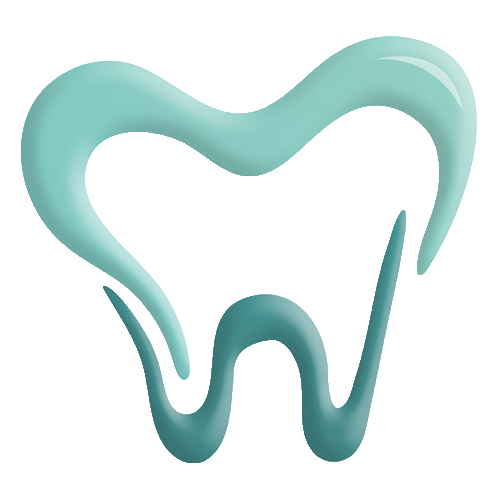So I’ve written about how chronic headaches affect our daily life in Part 1 of this series, and also about minimally invasive treatment options your dentist can offer you in Part 2. Here in Part 3, my aim is to clue you into a few simple things you can do on a day-to-day basis to manage your headaches.
ERGONOMICS: Work smarter, not harder. It’s my mantra and I am conscious of it on a daily basis. It is well known that people who work in the dental field have a high prevalence of neck and back pain.  Dentistry is a profession that has many physical demands. Yes, I am a scientist, an artist, a psychologist, a salesperson and a doctor. But I am also called upon to treat my patients in reverse, looking upside down in a mirror, into a dark, wet, tiny space with saliva spraying all over and a tongue that just won’t stay still! So I use every tool at my disposal in order to do so ergonomically. From my stool that positions my body, head and neck into a comfortable position, to the comfortable clothes I wear and magnifying loupes with high power LED lighting I am always cognizant of the fact that if I want longevity in my profession, I need to work ergonomically. The same thing applies to everybody else as well. Studies show that a proactive approach to ergonomic workspace, reduces musculoskeletal pain and eye strain, and increases work productivity. Maybe put your computer screen on an elevated platform directly in front of your face, or hold your smartphone in front of your face instead of turning your head downwards to look at it. Position your seat, with lumbar support, so that your spine is aligned. All of these simply ergonomic positions will be sure to help you avoid headaches and other aches and pain in future.
Dentistry is a profession that has many physical demands. Yes, I am a scientist, an artist, a psychologist, a salesperson and a doctor. But I am also called upon to treat my patients in reverse, looking upside down in a mirror, into a dark, wet, tiny space with saliva spraying all over and a tongue that just won’t stay still! So I use every tool at my disposal in order to do so ergonomically. From my stool that positions my body, head and neck into a comfortable position, to the comfortable clothes I wear and magnifying loupes with high power LED lighting I am always cognizant of the fact that if I want longevity in my profession, I need to work ergonomically. The same thing applies to everybody else as well. Studies show that a proactive approach to ergonomic workspace, reduces musculoskeletal pain and eye strain, and increases work productivity. Maybe put your computer screen on an elevated platform directly in front of your face, or hold your smartphone in front of your face instead of turning your head downwards to look at it. Position your seat, with lumbar support, so that your spine is aligned. All of these simply ergonomic positions will be sure to help you avoid headaches and other aches and pain in future.
GET YOUR EYES CHECKED: Although you may not need special magnifying loupes to see the computer screen or your smartphone, be sure that you are not squinting all of the time. Get your vision checked by an ophthalmologist or optometrist and be sure to get fitted for glasses or contacts. Also think about getting a larger computer screen to work on. What may seem like a nuisance now – like squinting because your computer screen is blurry – can become a severe pain in the neck literally! And headaches are sure to follow.
WOMEN – WEAR A SUPPORTIVE POSTURE BRA: If you’re a woman and well endowed, then you’re causing extra stress on your upper back, neck and shoulders. Be sure to find a brassiere that not only fits you well, but is supportive to help relieve the strain. To see if you’re bra is supporting you properly, a simple trick is to place your fingers underneath your bra strap and see if that relieves the pressure on your neck and shoulders. If it does, than you’re not wearing the correct bra. The posture bra is designed to hold the weight of your breasts in the band and the back, not the straps themselves. So if you have marks on your shoulder from digging bra straps then you’re more likely to experience the neck and shoulder strain associated with not wearing the correct bra. Posture bras are designed specifically to support the weight of breasts and provide relief from neck strain, shoulder strain and muscle tension headaches.
USE THE CORRECT PILLOW WHEN YOU SLEEP: Support from pillows is essential in getting a good night’s rest. If you sleep on your back, your side or your stomach be sure to find the pillow that will give you the best support for your head and neck. This way your neck and shoulder muscles won’t be straining to support you while you rest. You can also try a pillow between your legs if you sleep on your side, or under your knees if you sleep on your back, as well as a rolled up towel under your lower back to ensure proper support during slumber.
I know my patients are generally nervous when they come to see me for dental treatment. So in order to relieve their stress and make them as comfortable as possible, I give them a leg support pillow, a lumbar pillow and a neck pillow to support them. This way their experience is less stressful. In fact most of my patients tend to fall asleep and even snore while laying back in my chair, that’s how relaxed they are!
STRETCHING EXERCISES: I try to do these on a daily basis, especially during a long case. I get up for a couple of minutes in the middle of a long treatment with a patient, and this allows me to get my stretches in as well as allows the patient to rest their jaw for a bit. This way we both feel better after a short break. I like to stretch my neck, arms and shoulders. #11 in the diagram below is one of my favorites. And I do it at shoulder height, above my shoulders and below to thoroughly stretch my entire shoulder muscle. Try doing these a few times a day during working hours, and you’ll see how refreshed you’ll feel afterwards!

I hope these 5 tips were helpful. You’ll see that if you incorporate these into your daily rituals, you will have less headaches and feel better overall!
Toot-a-loo,
Dr. Meli

